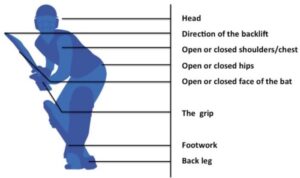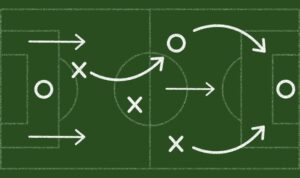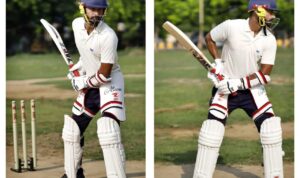Soccer drills are the key to leveling up your game, from passing precision to killer shots. Get ready to dive into the world of soccer skills training with a twist of American high school hip style.
Whether you’re a newbie looking to finesse your moves or a pro aiming for perfection, this guide has got you covered with everything you need to know about soccer drills.
Importance of Soccer Drills
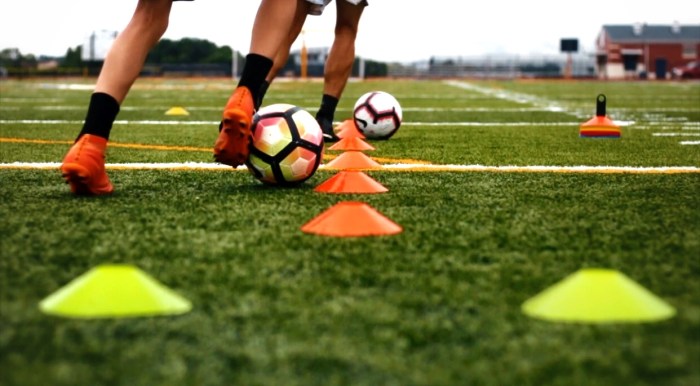
Participating in soccer drills is essential for the development of players as it helps improve various skills crucial for success on the field.
Enhancing Skills through Drills
- Passing: Soccer drills focus on improving passing accuracy, speed, and decision-making on the field.
- Shooting: Drills help players work on their shooting technique, power, and precision to score goals effectively.
- Dribbling: Through drills, players enhance their ball control, agility, and creativity in dribbling past opponents.
Famous Players’ Success Stories
Players like Lionel Messi and Cristiano Ronaldo attribute their success to the dedication and hard work put into regular practice and drills.
By consistently engaging in drills, these players were able to refine their skills and reach the pinnacle of soccer excellence.
Types of Soccer Drills
Soccer drills are essential for player development and improving skills on the field. There are various types of drills that focus on different aspects of the game, such as passing, shooting, and agility. Each type of drill has specific goals and benefits that contribute to the overall performance of players.
Passing Drills
Passing drills are designed to improve players’ accuracy, technique, and speed when passing the ball to teammates. These drills help players develop better communication and teamwork on the field. Variations of passing drills can include short passes, long passes, and combination plays to enhance players’ overall passing abilities.
Shooting Drills
Shooting drills are aimed at enhancing players’ shooting accuracy, power, and finishing skills. These drills help players become more confident in front of the goal and improve their scoring capabilities. Variations of shooting drills can focus on volleys, headers, one-on-one situations, and set-piece opportunities to challenge players at different skill levels.
Agility Drills
Agility drills are crucial for improving players’ speed, quickness, balance, and coordination on the field. These drills help players maneuver through tight spaces, change direction rapidly, and react quickly to game situations. Variations of agility drills can include ladder drills, cone drills, shuttle runs, and reaction drills to enhance players’ overall agility and athleticism.
Overall, incorporating a variety of drills in training sessions can help players develop a well-rounded skill set and improve their performance in different aspects of the game. From beginners to advanced players, customizing drills based on skill levels can maximize player development and elevate their overall game on the field.
Designing Effective Soccer Drills
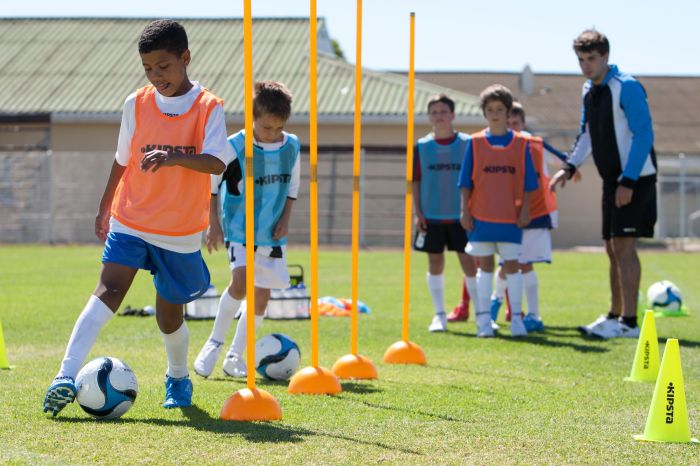
Effective soccer drills are crucial for player development and team performance. They should be well-designed to target specific skills and tactics, keeping players engaged and motivated. Here are key elements to consider when designing soccer drills:
Key Elements of a Well-Designed Soccer Drill
- Clear Objective: Every drill should have a specific goal, whether it’s improving passing accuracy, ball control, or defensive positioning.
- Progressive Difficulty: Start with basic skills and gradually increase the level of difficulty to challenge players and help them improve.
- Relevance to Game Situations: Drills should simulate real-game scenarios to help players apply the skills they learn in practice to actual matches.
- Feedback and Correction: Coaches should provide feedback during drills to correct mistakes and reinforce proper techniques.
- Repetition: Players need repetition to build muscle memory and improve skills, so drills should include enough repetitions for mastery.
Structuring Drills for Specific Skills or Tactics
- Start with a Warm-Up: Begin with a dynamic warm-up to prepare players physically and mentally for the practice session.
- Focus on One Skill/Tactic: Each drill should target a specific skill or tactic, such as dribbling, shooting, or offside trap.
- Vary Intensity and Duration: Adjust the intensity and duration of drills based on the skill level and fitness of the players.
- Incorporate Game-Like Scenarios: Include small-sided games or conditioned drills that replicate match situations to improve decision-making and teamwork.
Adapting Drills for Different Age Groups and Team Sizes
- Simplify for Younger Players: For younger age groups, simplify drills by breaking them down into smaller components and focusing on basic skills.
- Modify for Larger Teams: For larger teams, adjust drills to accommodate more players by increasing the size of the playing area or adding more equipment.
- Consider Individual Needs: Tailor drills to meet the individual needs of players, whether it’s working on weaknesses or enhancing strengths.
- Encourage Communication: Emphasize the importance of communication during drills, especially for larger teams, to improve teamwork and coordination.
Incorporating Technology in Soccer Drills
Technology has revolutionized the way soccer drills are conducted, offering innovative tools to enhance player performance and skills. By incorporating advanced technology such as GPS trackers and video analysis, coaches can take training sessions to the next level.
GPS Trackers for Performance Monitoring, Soccer drills
GPS trackers are wearable devices that provide real-time data on players’ movement, speed, distance covered, and even heart rate during drills. This allows coaches to track performance metrics, identify areas for improvement, and tailor training programs accordingly.
Video Analysis for Technique Refinement
Video analysis software enables coaches to record and review players’ performance in drills. By analyzing footage, coaches can provide feedback on technique, positioning, and decision-making, helping players refine their skills and tactical understanding.
Apps and Software for Drill Monitoring
There are several apps and software available that assist in monitoring and analyzing drill performance. Examples include apps like Coach’s Eye, which allows coaches to capture and analyze videos in slow motion, and Hudl, a platform for sharing game footage and performance data.
Virtual Reality for Game Scenario Simulation
Virtual reality (VR) and augmented reality (AR) can be used to simulate game scenarios in drills, providing players with a realistic and immersive training experience. By creating virtual environments, coaches can replicate match situations and challenges for players to practice and improve their decision-making skills.
